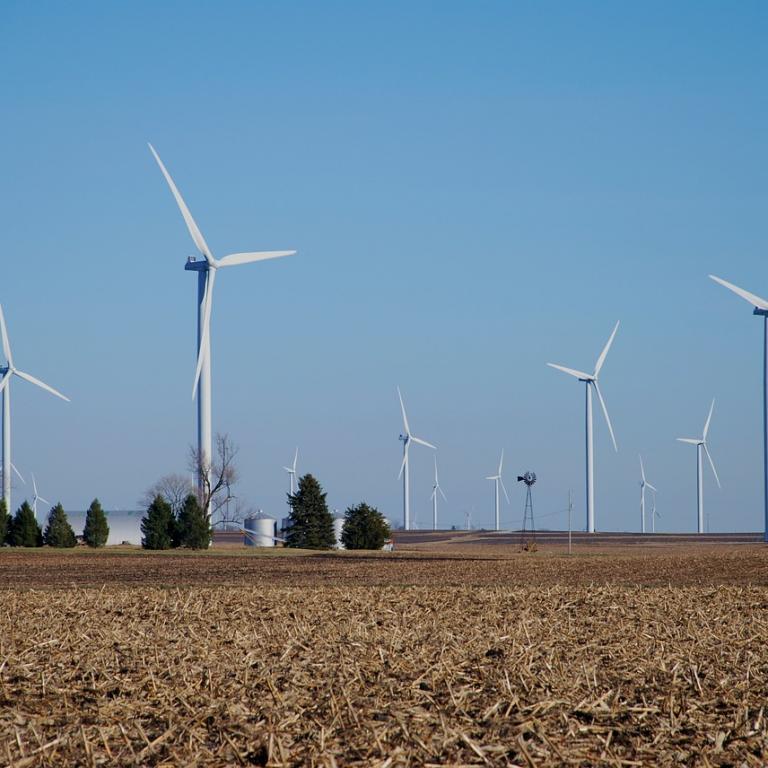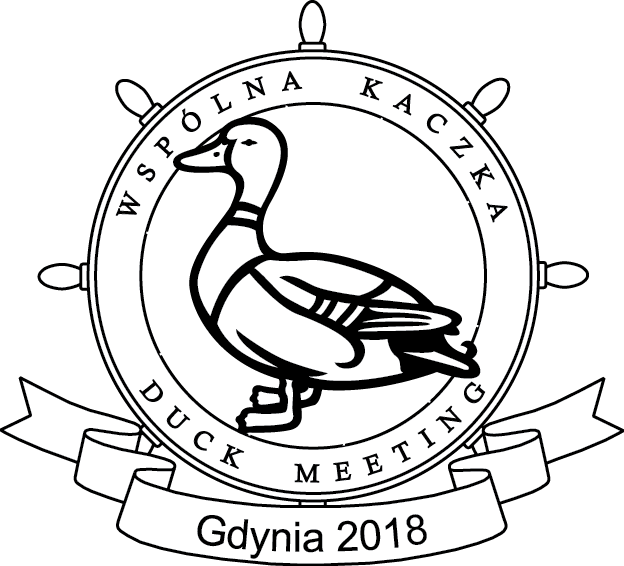
2018-06-12
Record-breaking year for the wind power industry
The past year 2017 was a record-breaking year for offshore wind power in Europe – according to WindEurope data. New power plants with a capacity of 3.1 GW were commissioned into use, which allowed to achieve total capacity of 15.8 GW generated by all European wind farms. This represents an increase of 25% compared to the previous year.
13 new offshore wind farms were launched in 2017, including the world’s first floating offshore wind farm, Hywind Scotland. Leaders in this area were Great Britain and Germany, which commissioned power plants with a capacity of 1.7 GW and 1.3 GW, respectively. At present there are over 4000 offshore wind turbines operating in 11 European countries, with total installed generation capacity connected to the grid standing at 15.8 GW. The average capacity generated by new turbines totalled 5.9 MW, which represents a growth of 23% compared to 2016, whereas the average capacity of all new offshore wind farms totalled 493 MW, representing a growth of 34% compared to 2016.
Additional 11 offshore wind farms are currently under construction, with their capacity totalling 2.9 GW. By 2020, the total power generated by European wind farms should reach 25 GW.
However, offshore wind power in Europe remains strongly concentrated in a small number of countries – 98% of the market is represented by: Great Britain, Germany, Denmark, Netherlands and Belgium. Not a single wind farm has yet to be established in Poland.
“The preparation of logistics infrastructure, including ports, wharfs, approach fairways, storage facilities and appropriate transport connections by land is a key condition for utilising a significant portion of the capital stream that will be released on account of the implementation of offshore wind energy,” believes Mariusz Witoński, President of the Polish Offshore Wind Energy Society.
In his opinion, Polish ports exhibit the potential for growth that would enable them to be used to secure logistics operations related to the implementation of offshore wind farm projects. However, it should be noted that no actions related to the comprehensive identification of needs in the context of launching large projects of that sort have yet to be taken.
“We estimate that the period until 2035 will be the most work-intensive period and that adequate capacity for the transshipment, storage and transport of offshore wind farm components by specialist vessels will be a function desired in Polish ports during that period,” says M. Witoński.
In addition, according to the Head of the Polish Offshore Wind Energy Society, Polish industry even now is able to participate in the offshore wind farm component supply chain at the level of at least 50%. With appropriate support, it would be possible to increase the participation of local components in the supply chaing to 75%. According to the estimates of the Head of the Polish Offshore Wind Energy Society, the implementation of the optimum scenario, i.e. the achievement of offshore wind farm capacity at the level of 6.8 GW by 2030, would result in Polish enterprises receiving contracts for the total value of over PLN 70 billion.
One of the panels of the Maritime Economy Forum Gdynia 2018 will be dedicated to maritime industries.
Article developed in cooperation with "Namiary na Morze i Handel" magazine.


